Many seafood lovers prefer shrimp and not just because they are a true delicacy but because they are mouth-wateringly good. Aside from their juicy meat, they contain many vitamins, valuable micronutrients and minerals, which are all healthy for the body. Let's also not forget their rich content of iodine which is vitally important for the proper functioning of the thyroid gland.
You'd be hard pressed to find shrimp that haven't been cooked right because their preparation is very easy. But if you've never made shrimp at home, here's what's important to know:
1. It's vital that you buy fresh shrimp, even if they are frozen. As with other seafood, they don't have a particularly long shelf life, so be sure to buy from trusted grocery stores.
2. Don't be fooled into thinking that larger shrimp taste better than smaller ones. Size does matter to some degree of course, you probably don't want to buy the smallest shrimp possible and eat them like you would sunflower seeds. Decent sized shrimp are ones that don't exceed 2 3/4″ (7 cm) in length. Usually, shrimp about 2 3/4" are the juiciest.
3. If you've purchased frozen shrimp, don't thaw them in boiling water or in the microwave because that way they would lose a lot of the valuable substances they contain. It's best to leave them in a bowl in the fridge a day before cooking.
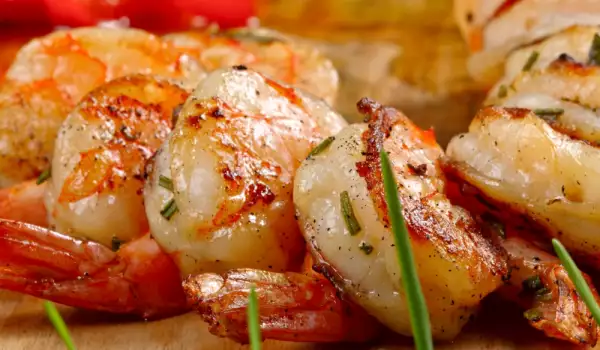
4. The preferred method of heat treatment of shrimp is boiling. Put them in boiling salted water and boil until they get their characteristic pink color.
5. Take care not to overboil the shrimp because they'll become tasteless and tough. 5-10 min. are enough, depending on their size. After they are fully boiled, leave them for another 10 min. in the broth they've released so that they become juicy.
6. Blanched shrimp are ready for consumption but due to the risk of bacteria developing, it's good to pour boiling water over them and it's even better to boil them for 2-3 min.
7. The cooking time of the shrimp depends a great deal on the size and type, so be sure to follow the directions in the recipe you intend to use. Tiger shrimp, for example, require a little bit longer to cook.
8. Shrimp can also be sauteed, fried and even grilled on skewers. Just remember that they don't need long heat treatment.
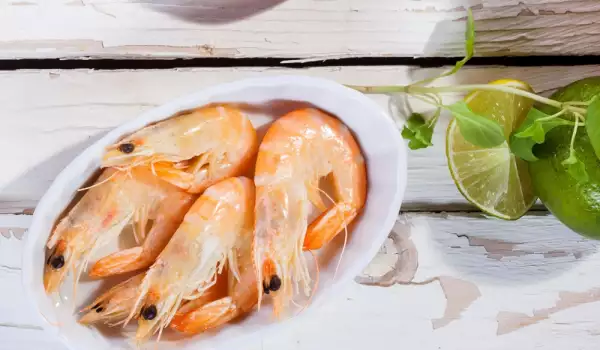

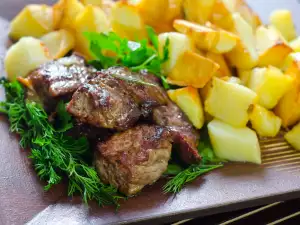
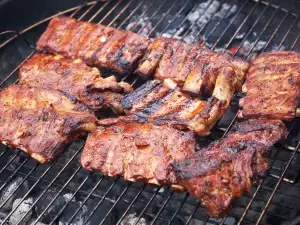



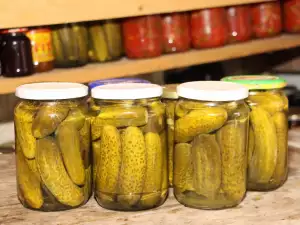
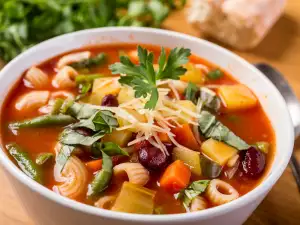

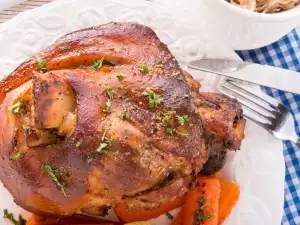
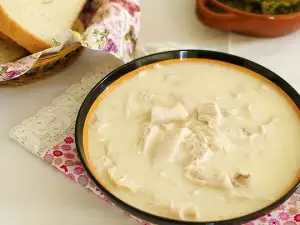
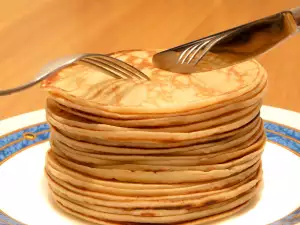


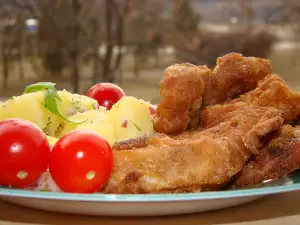




Comments